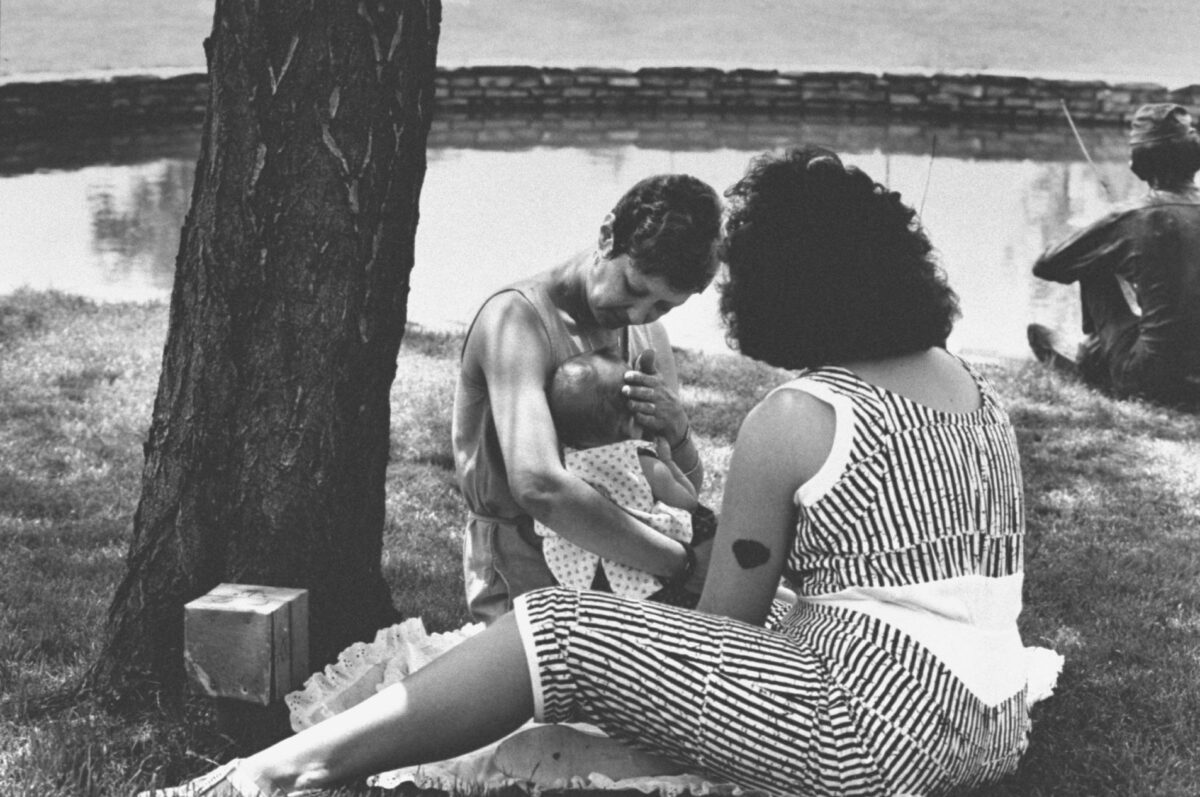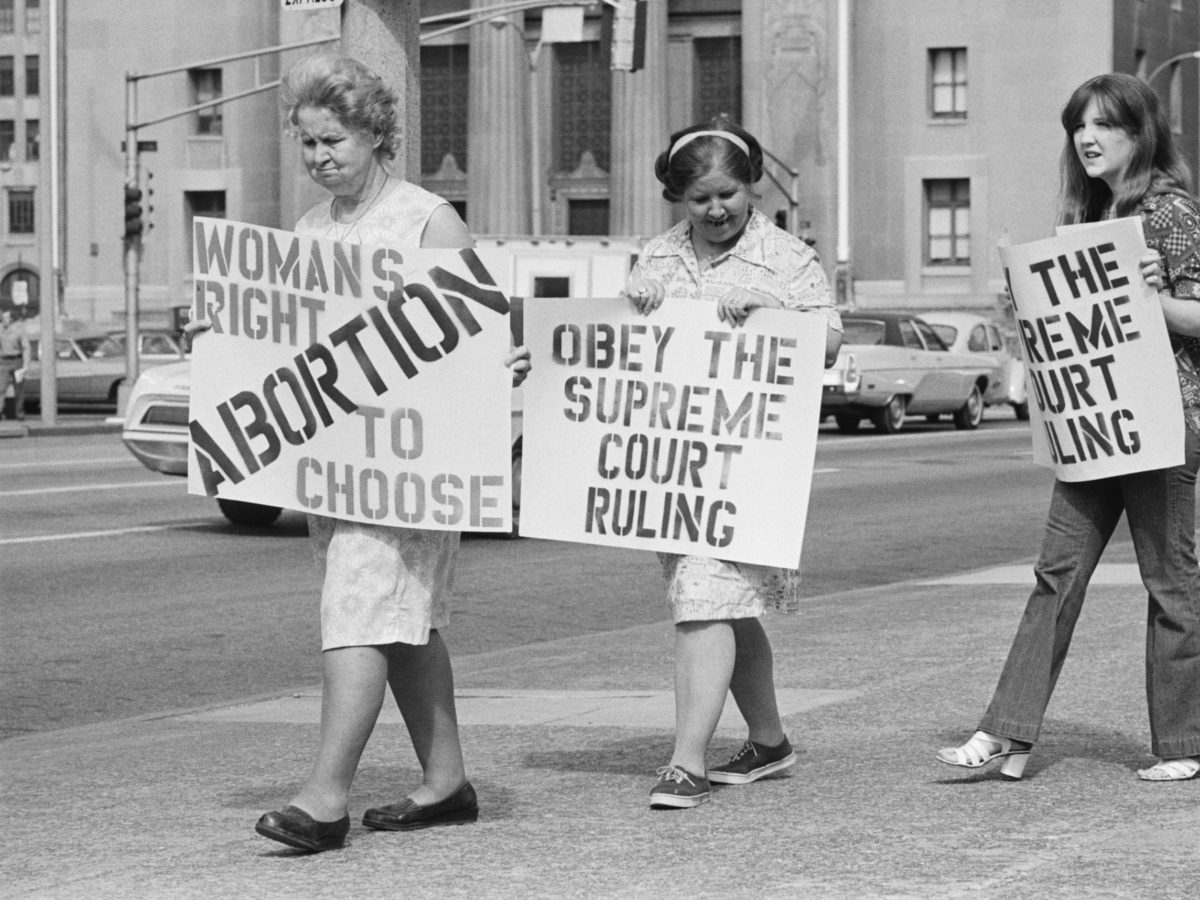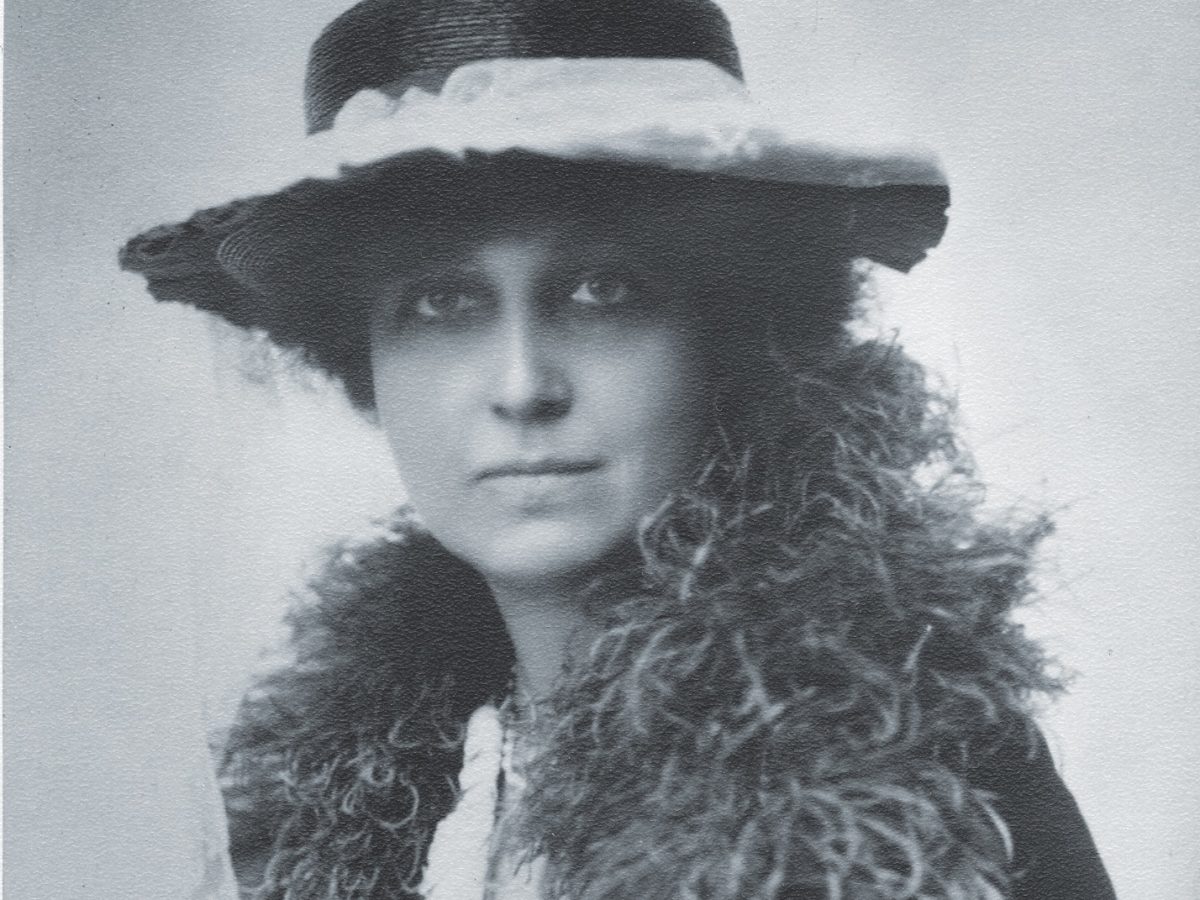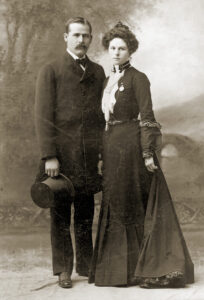The Supreme Court’s June 24, 2022, decision on abortion in the U.S., Dobbs v. Women’s Health, which overturned the case Roe v. Wade, has already had tremendous ramifications across the country — but was only the latest milestone in American’s tortured history on the subject.
But the legal debate over abortion goes back much further than Dobbs or Roe v. Wade.
Roe v. Wade and Its Consequences
In 1973, the Supreme Court ruled 7-2 that a Texas law violated the constitutional right to privacy. Thus Jane Roe (real name: Norma L. McCorvey) triumphed in her suit against Dallas County District Attorney Henry Wade, who was previously best known for prosecuting Jack Ruby.
The Supreme Court struck down the Texas ban on abortions except to save the life of the mother, as well as other abortion laws across the country. Prior to the ruling, abortion was broadly legal in four states, allowed with limits in 16 and heavily restricted in 30. (States with larger populations often had more liberal approaches — New York, for instance, permitted abortion within the first 24 weeks.)
Roe v. Wade eliminated restrictions on a pregnancy’s first trimester; however, regulations to protect the woman’s health were allowable in the second and broader measures to protect fetal life could be taken in the third.
In 1992, the Supreme Court revisited Roe v. Wade. The 5-4 Casey v. Planned Parenthood ruling affirmed the earlier decision but allowed for more regulations, notably permitting a ban when the fetus was “viable” (able to sustain life outside the womb).
“The woman’s right to terminate her pregnancy before viability is the most central principle of Roe vs. Wade,” the opinion said. “It is a rule of law and a component of liberty we cannot renounce.″
GET HISTORY’S GREATEST TALES—RIGHT IN YOUR INBOX
Subscribe to our HistoryNet Now! newsletter for the best of the past, delivered every Monday and Thursday.
Dobbs v. Jackson
With its impending ruling on Dobbs v. Jackson Women’s Health Organization (a Mississippi ban on most abortions after 15 weeks), it appears the Supreme Court will overturn Roe v. Wade. The decision stands to have a massive impact on American law and America in general.
Already, some states are moving toward almost completely outlawing abortion. Others are taking the exact opposite approach and striving to protect abortion access. A handful are just struggling to make sense of the rules they currently have. Arkansas Gov. Asa Hutchinson signed a near total abortion law into effect in 2021. Since then, he said in an interview that the ban might have to be “revisited,” since it could result in underage children who were the victims of incest being forced to give birth.
Recommended for you
who was jane roe?
Roe v. Wade is a reminder that history rarely plays out in ways its participants anticipate, much less desire.
Norma McCorvey was 22, unemployed, unmarried and pregnant for the third time when the case began. By the time it ended, her child had been born and put up for adoption. McCorvey would later have a religious conversion and be celebrated by the anti-abortion movement … only to make a deathbed confession in the documentary “AKA Jane Roe” that she was pro-choice and just pretended she wasn’t because abortion opponents gave her money for her public support.
In short: Knowing what we know now, it’s unlikely either side would have picked her to be the face of the debate.
Even some people who agreed with the Roe v. Wade decision didn’t necessarily approve of its reasoning. Justice Ruth Bader Ginsburg speculated it was too sweeping (“Doctrinal limbs too swiftly shaped may prove unstable”) and should have centered on gender equality instead of privacy.
How the founding fathers saw abortion
It’s important to keep in mind that when the United States was still new, abortion wasn’t thought of the same way as we do today. In 1790 — the year after the Constitution was ratified and year before the Supreme Court issued its first ruling — the first census revealed the U.S. population was under 4 million. (We’re now well over 300 million.) Railroads and telegraphs were decades away. And the child mortality rate was absolutely staggering.
In 1800, for every 1,000 births, roughly 537 children survived until age 5. Quite simply, if something went wrong, there was a limited amount doctors could do. (Assuming you had access to one: again, no telegraphs and trains, much less phones and ambulances.)
Kids weren’t the only ones at risk. In the U.S. today, roughly 15 women die in pregnancy or childbirth per 100,000 live births. But the risks have been greatly reduced. Just a century ago, it was 600 women per 100,000. As we go back in time, the rates grow only more unnerving. In the 18th century, roughly one in 100 births may have resulted in the mother’s death.
Even determining if a woman was viably pregnant could be challenging — this is more than 150 years before ultrasounds. (In general, the standard was “quickening,” when the mother felt the movement of the fetus, typically around four or five months.)
In short: During a time when so many mothers died during birth and so many children died either during or soon after it, an anti-abortion movement would have made very little sense. Just keeping alive the children already born was a desperate struggle.
Though the Constitution itself doesn’t even mention abortion, at least some of the Founding Fathers didn’t seem to have a problem with it. Benjamin Franklin even made a point of sharing instructions for at-home abortions in one of his books. After all, a mother who barely survived her last pregnancy had to recognize the next one could be a death sentence. (That said, abortions could also be dangerous — this was a decision where both options carried real risks.)
THE FIRST LAWS AGAINST ABORTION
America didn’t get its first abortion restriction until 1821, when Connecticut implemented a ban on medicinal abortion after quickening. University of Colorado Law School Prof. Lolita Buckner Inniss has credited its passage specifically to a bizarre case when an Episcopal preacher allegedly impregnated a much younger woman, convinced her to try at least two abortion techniques and then abandoned her (she had a stillbirth). Public outrage ensued when it was discovered he had broken no actual law. The result was a very specific restriction: only after quickening, only for medicinal abortion.
Other states went on to restrict abortion to varying degrees. Foreign nations also did, though often later in their histories than you might think. Ireland, for instance, didn’t outlaw it until 1861. (They legalized it in 2018.)
But while there were far more abortion restrictions by the 20th century than there had been early in America’s history, the anti-abortion movement wasn’t fully galvanized until its Supreme Court setback in the 1970s.
Driven by Defeat
There were, of course, cases involving abortion before Roe v. Wade. For instance, in 1969’s People vs. Belous, the California State Supreme Court voided the state’s abortion ban. In response, more coordinated anti-abortion efforts started to emerge. The National Right to Life Committee, which identifies itself as the “nation’s oldest and largest pro-life organization,” was founded in 1968.
Then came 1973. Suddenly, the movement had a unifying goal: overturning Roe v. Wade. Debates over exactly when abortion should be restricted could largely be set aside to focus on the greater task of outlawing it altogether. The National Right to Life Committee’s platform is for “the right to life of every human being from the beginning of life to natural death” and says that “unborn baby’s heart begins to beat 18-21 days after fertilization.”
By 1976, the Republican Party had added abortion to its platform. While acknowledging the issue posed “complex questions,” they concluded: “The Republican Party favors a continuance of the public dialogue on abortion and supports the efforts of those who seek enactment of a constitutional amendment to restore protection of the right to life for unborn children.”
Today, abortion has almost become a litmus test for both political parties; it is increasingly rare to find a pro-choice Republican or a Democrat who opposes abortion rights. In the 1970s, Roe v. Wade energized the anti-abortion movement. Potentially, its reversal could activate an even bigger counter-response, as polling consistently showed a majority of Americans opposed it being overturned.
Clearly, the abortion debate plays a major role in shaping American politics and will continue to do so, and the reversal of Roe v. Wade has implications that go beyond abortion itself. History suggests this is just the beginning.
historynet magazines
Our 9 best-selling history titles feature in-depth storytelling and iconic imagery to engage and inform on the people, the wars, and the events that shaped America and the world.








